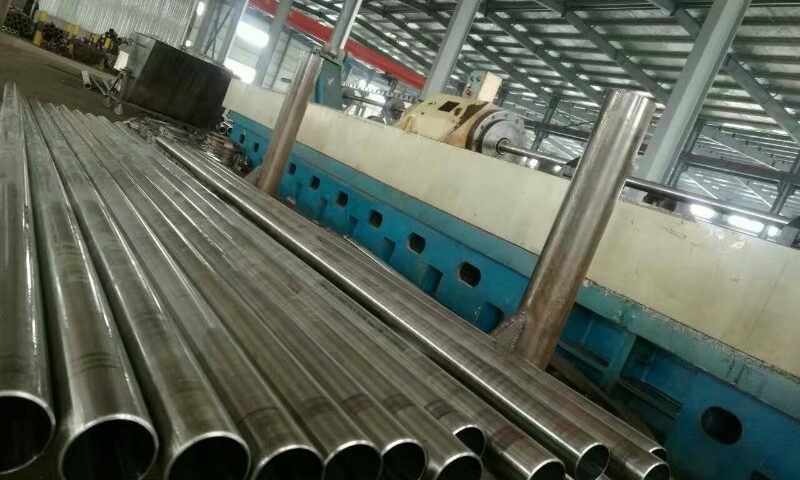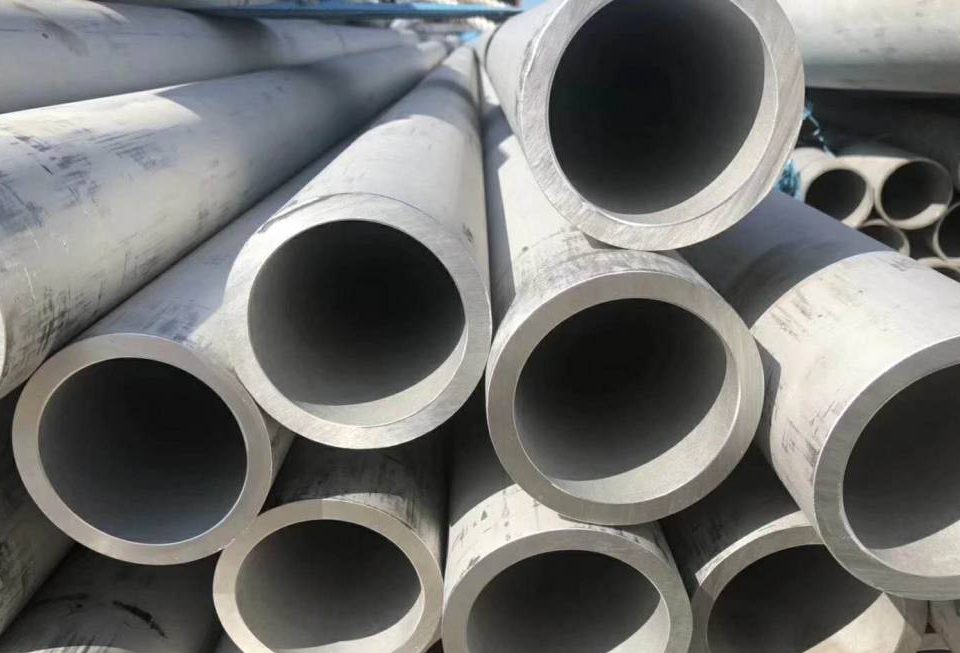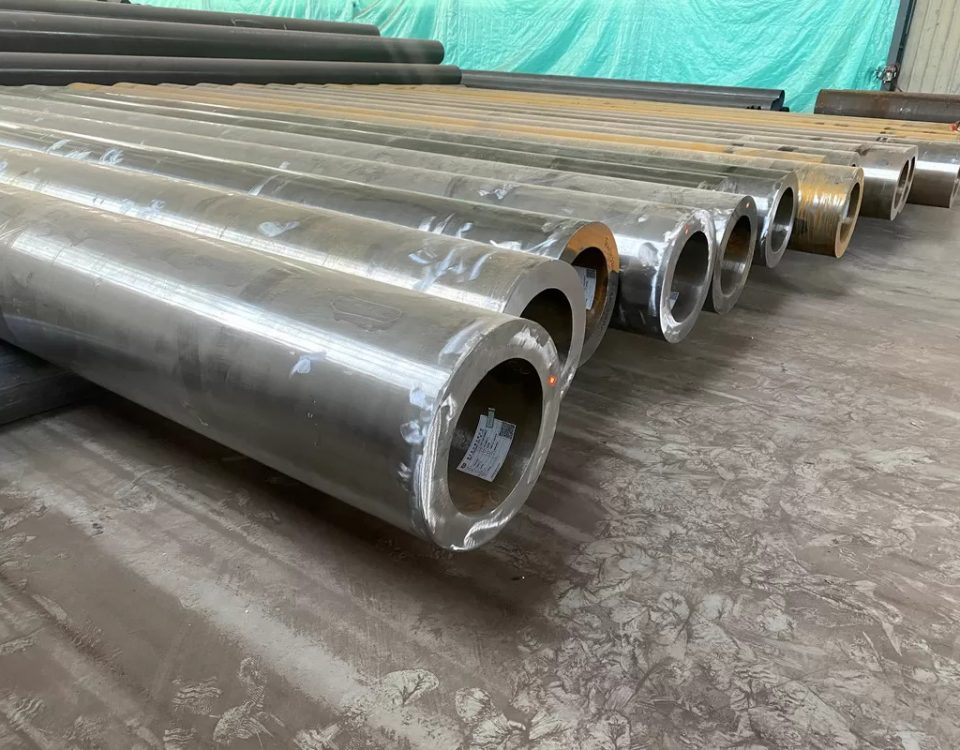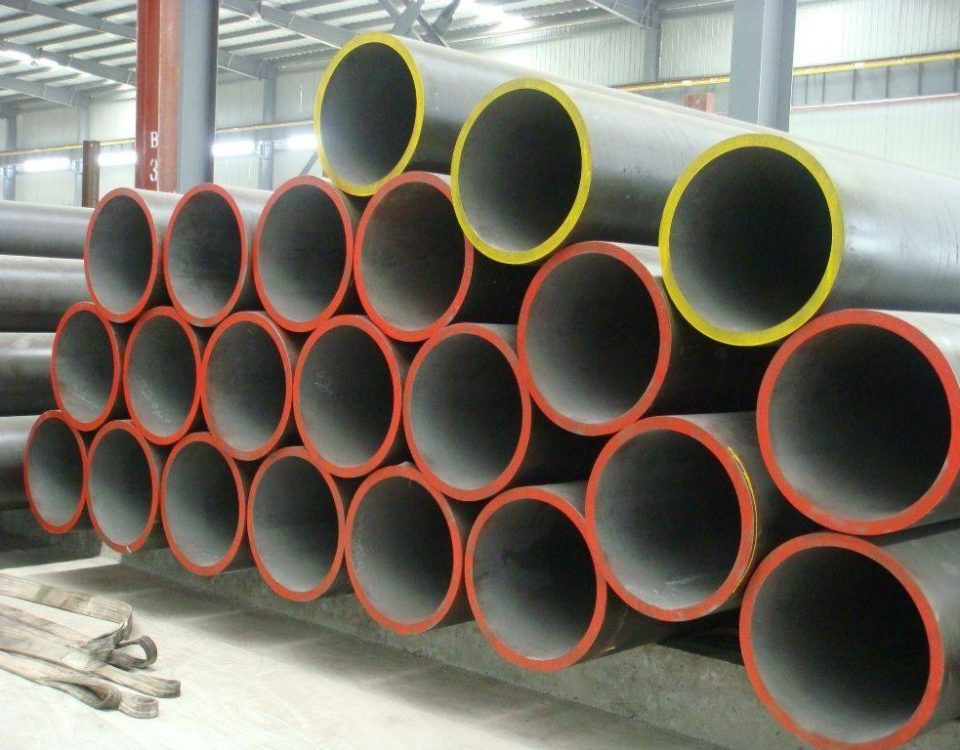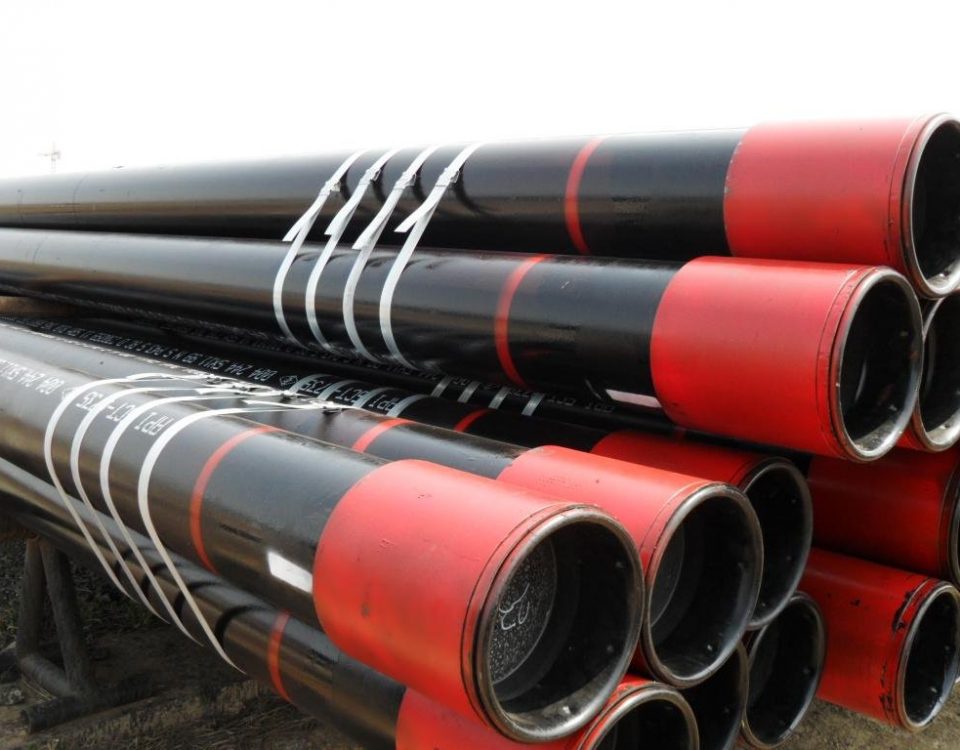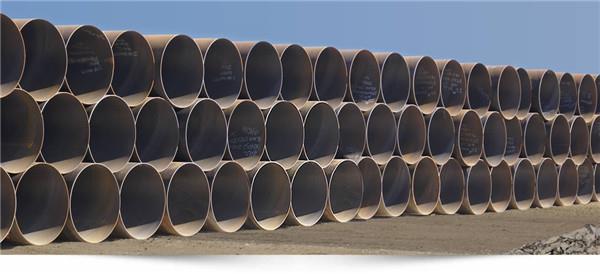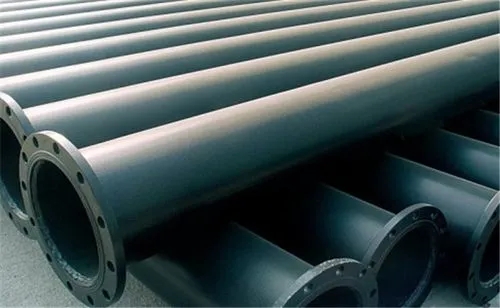
Part 1. How to control the deformation of precision seamless tubes during the cold drawing process
July 8, 2022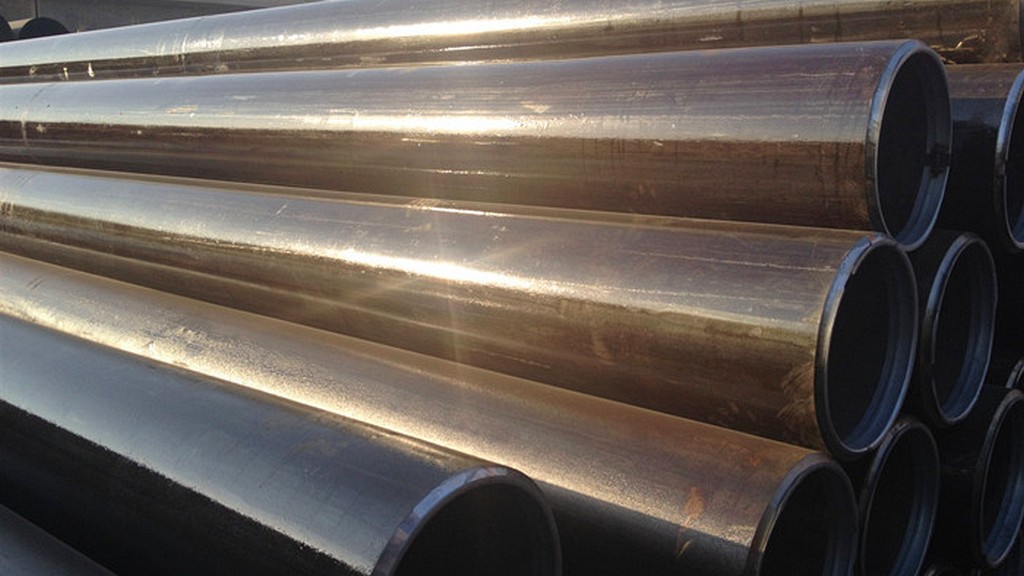
erw ,roll bending pipes,sprial pipes,different manufacturing processes
July 9, 2022Steel pipes are cylindrical tubes made from steel that are used many ways in manufacturing and infrastructure. They’re the most utilized product made by the the steel industry. The primary use of pipe is in the transport of liquid or gas underground—including oil, gas, and water. However, pipes of varying sizes are used throughout manufacturing and construction. A common household manufacturing example is the narrow steel pipe that runs the cooling system in fridges. Construction uses pipes for heating and plumbing. Structures can be built using steel pipe of varying sizes, such as handrails, bike racks, or pipe bollards.
William Murdoch is thought to be the pioneer of steel pipes. In 1815, he joined barrels of muskets together to support a coal lamp burning system. Murdoch used his innovative piping system to transport coal gas to lamps on the streets of London.
Since the 1800s, great strides have been made in the technology of steel pipes, including improving manufacturing methods, developing applications for their use, and the establishment of regulations and standards that govern their certification.
steel pipes stacked
Steel pipe is either seamless or welded, and comes in a variety of sizes and lengths.
How is steel pipe made?
From melting raw materials to molding or welding, this ubiquitous building material is created through two main processes:
Convert raw steel to a more usable form
Both processes must start by making good quality steel. Raw steel is produced by foundries through a process of melting raw materials in a furnace. To get the composition exactly right, elements may be added to the molten metal, and impurities removed. The resulting molten steel is poured into molds to make ingots or is transferred to a continuous casting machine to make slabs, billets, and blooms. Pipe is made from two of these products: slabs or billets.
Stack of steel billets
Solid steel billets are heated, stretched, and pierced through the center to become seamless steel pipes.
Steel slabs and steel skelp in pipe manufacturing
Steel skelp is made from slabs that are heated to 2,200˚F. The heat causes a scale to form on the surface, which must be removed through a scale breaker and high pressure cleaning. Once cleaned, the steel slab is hot rolled into thin, narrow strips of steel called skelp. Skelp is pickled (surface cleaned) with sulfuric acid, washed with water and rolled onto large spools as the raw material for pipe making. The width of the skelp determines the diameter of the pipe that can be made.
Skelp is unwound from the spool, heated, and rolled through grooved rollers, which bend the edges of the skelp upwards. This process produces a cylindrical tube where the two edges have been bent right around to meet each other forming a long cylinder. A welding process joins the edges together and seals the pipe.
In a continuous welding operation, welding rollers press the edges of the pipe into each other—forming a forged weld due to the heat that has already been applied to the skelp. No metal is added during welding, and the final rollers reduce the diameter and wall thickness of the pipe to the specifications.
Electric resistance welding follows a similar process to continuous welding, except that the skelp is cold rolled into the pipe shape. Current is supplied to the pipe edges by revolving copper disks, which heat the edges up to the weld temperature. Welding rollers join the pipe edges to create a forged weld.
Spiral welding and double submerged arc welding use more conventional welding techniques and add weld material to form the bond.
Steel billets for seamless pipe
Steel billets are long square pieces of steel produced directly from a continuous casting machine or as a secondary product made from rolled and stretched cast ingots. These billets can be used to make seamless pipe, which is safer in some applications for not having a weld line.
The solid steel billet must be heated extreme temperatures, becoming white hot but not melted. Machines roll them so that they become a cylindrical solid. While still hot, a bullet-shaped piercer is used to make the hollow center regular according to its dimensions. A series of milling operations follow to conform the pipe to the required specifications.
Finishing steps
Pipes may be put through a straightening machine as a final process step before being fitted with joints at the end. Small bore piping is usually fitted with threaded joints, but larger bore piping is normally fitted with flanges that are welded onto the end of the pipe. Measuring machines check the dimensions of the finished pipe, and stamp the details on the side of the pipe for quality control purposes.
Quality control
Quality control steps include checking the pipe for defects using x-ray machines—especially along the weld. Another technique is to pressure test the pipe by filling it with water, then holding it under pressure for a specified time to expose any defects that may cause cat

